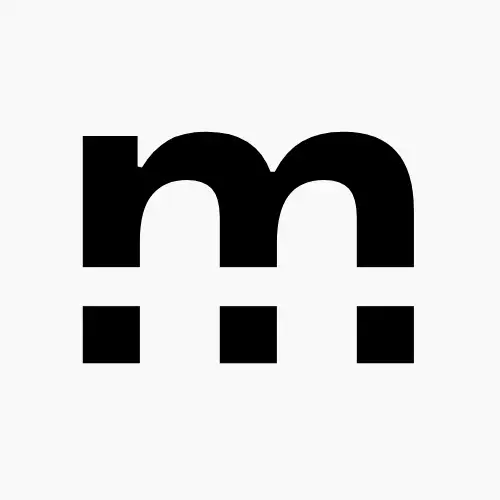Introduction
Managing your finances can sometimes feel overwhelming, but expense tracking is a proven way to take control of your cash flow. Tracking your spending helps identify unnecessary expenses, stay on budget, and achieve your financial goals. In today’s digital world, mobile apps have simplified expense tracking, making it more convenient, accurate, and even enjoyable. With features like real-time expense tracking and automated categorization, these apps are transforming how we manage our money.
Key Features to Look for in an Expense Tracking App
Real-time Tracking
The best apps allow you to record expenses the moment they occur, preventing forgotten transactions. This real-time functionality ensures your financial data is always up-to-date and accurate.
Categorization
Categorization makes it easier to understand where your money goes. Good apps provide predefined categories, such as groceries, dining, transportation, and allow custom ones to suit your needs.
Receipt Scanning
Many apps come with a receipt scanning feature. This lets you snap a photo of your receipts and store digital copies, reducing the clutter of paper receipts and making it simple to verify expenses.
Budgeting
Budgeting tools within the app let you set spending limits and monitor progress. You’ll receive alerts if you approach or exceed your limits, keeping your spending under control.
Report Generation
Detailed reports on your spending habits can be generated by most apps. These insights help identify trends, pinpoint areas to cut costs, and improve financial planning.
Cloud Sync
Expense tracking apps with cloud sync capabilities let you access your financial data across multiple devices, offering flexibility and peace of mind.
Security
Data security is crucial. High-quality apps use strong encryption methods to protect your sensitive financial information, ensuring you feel safe while tracking your expenses.
Top Mobile Apps for Expense Tracking
App 1: Mint
Pros:
- Free to use with a broad range of features.
- Real-time updates on spending and account balances.
- Customizable budgets and spending alerts.
Cons:
- Advertisements may be distracting.
- Some features may not sync perfectly across all devices.
App 2: YNAB (You Need a Budget)
Pros:
- Focuses on building better budgeting habits.
- Excellent for proactive budget planning.
- Highly secure with bank-level encryption.
Cons:
- Subscription fee required.
- Learning curve for new users.
App 3: PocketGuard
Pros:
- Displays how much disposable income you have left.
- Links to bank accounts to track spending automatically.
- User-friendly interface for beginners.
Cons:
- Limited customization compared to other apps.
- Free version has fewer features than the premium version.
Tips for Effective Expense Tracking
Consistency
Consistency is key. Make it a daily habit to enter your expenses into your chosen app. The more regularly you track, the better your financial picture will become.
Accuracy
Ensure you record accurate amounts and place expenses into the correct categories. Precision helps you avoid misunderstandings about your budget and spending habits.
Review and Adjust
Periodically review your spending reports. Identify patterns, areas of improvement, and adjust your budget accordingly to better meet your financial goals.
Set Reminders
Use app notifications to remind you to record transactions or review your budget. Automating reminders ensures you stay on top of expense tracking.
Conclusion
Expense tracking apps can revolutionize how you manage your money, giving you a clear picture of your spending habits and empowering you to make smarter financial decisions. Whether you choose Mint for its simplicity, YNAB for its hands-on approach, or PocketGuard for its disposable income calculations, the right app will help you conquer your cash flow. Take control of your finances today by finding the best expense-tracking solution for you!
References
- Mint
- You Need A Budget (YNAB)
- PocketGuard
- Financial Literacy and the Benefits of Budgeting
- Expense Tracking Benefits
